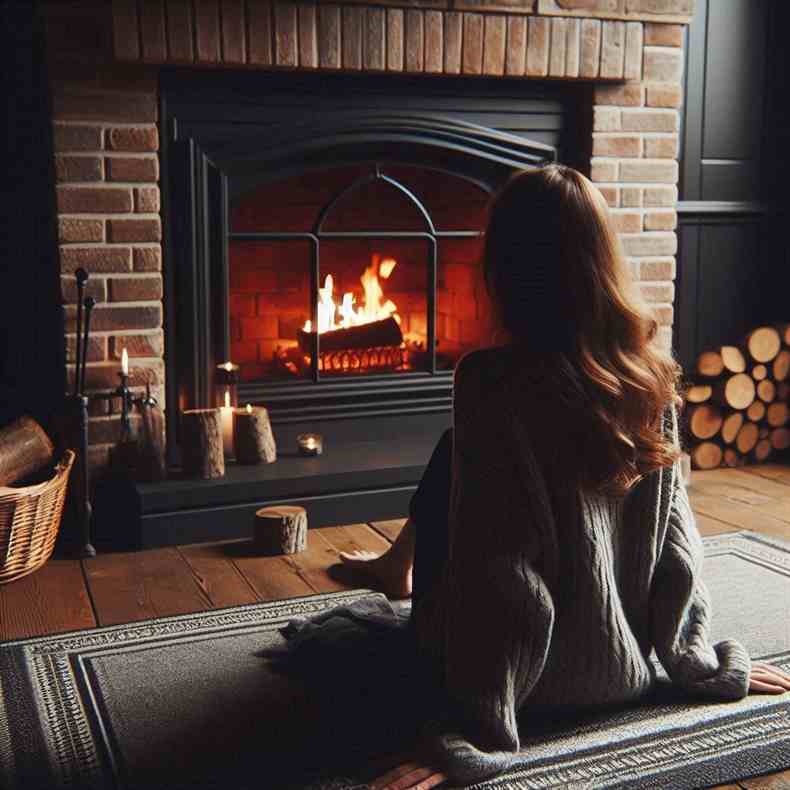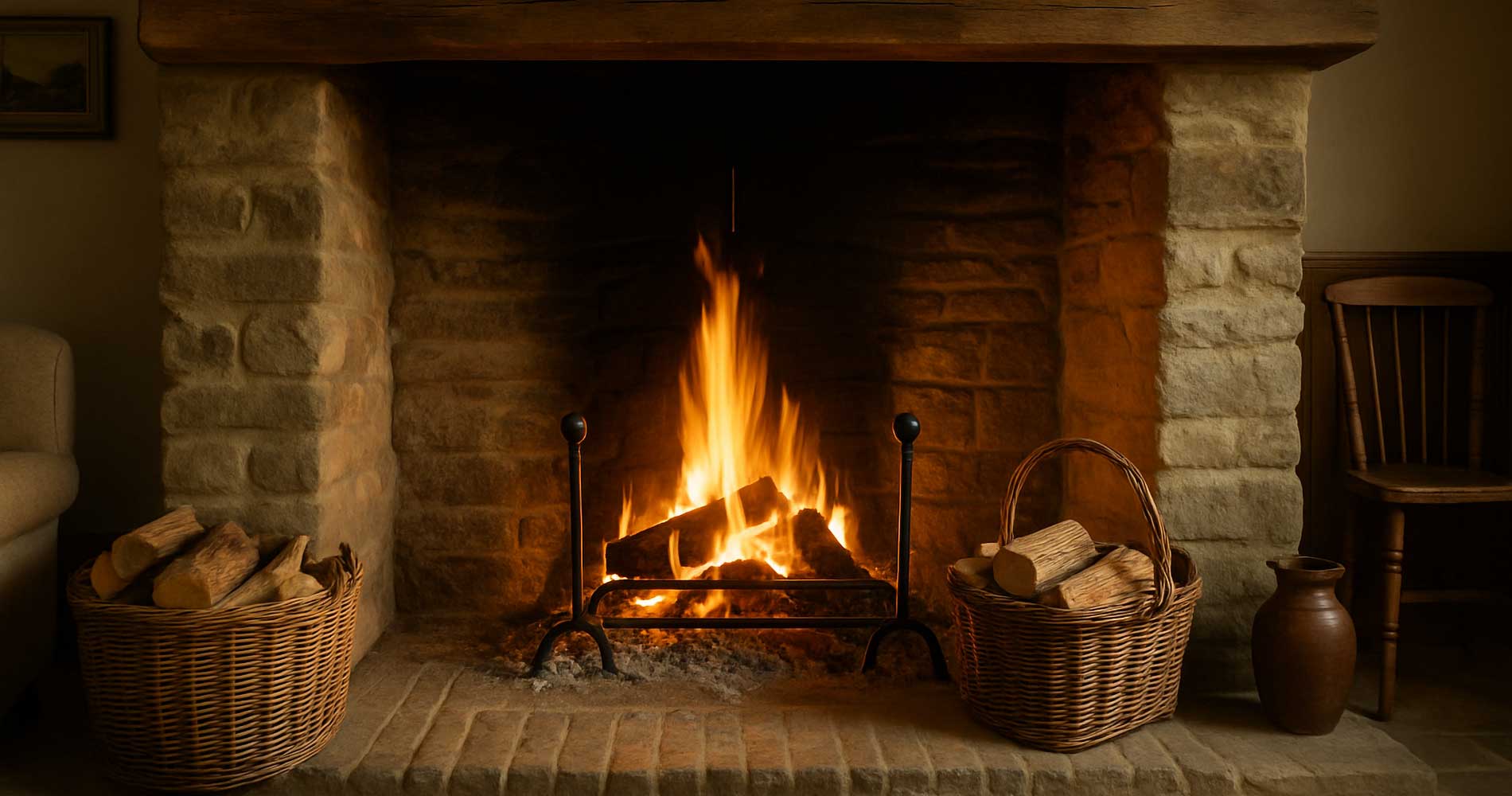Not Just a Fancy Upgrade — A Fire That Works Smarter
Right, let’s cut through the mystery. You’ve probably heard the term “fireplace insert” tossed around, especially if you’re exploring ways to refresh your hearth without ripping up your entire living room. But what is it? Is it a gadget? A whole new fireplace? Some kind of decorative trick?
Actually, it’s a bit of all that — but mostly, it’s a clever, heat-efficient way to breathe new life into an existing fireplace. And yes, it might just be exactly what your home (and your comfort levels) have been waiting for.
So, What Is a Fireplace Insert?
Simply put, a fireplace insert is a self-contained unit — typically made of steel or cast iron — that fits directly into your existing open fireplace. It’s designed to transform inefficient, drafty old hearths into efficient, cleaner-burning heat sources.
You can think of it as a modern engine dropped into a vintage car. It still looks like the cosy nook you know and love, but suddenly it runs smoother, cleaner, and better all around.
Fireplace inserts are available in different fuel types:
- Wood-burning inserts — for that classic crackle and natural feel
- Gas inserts — offering control, efficiency and no ash
- Electric inserts — super simple, plug-in options for heat and ambience
- Pellet inserts — using compressed wood or biomass pellets, these are efficient and eco-friendly
Each has its pros and quirks (we’ll get to that), but they all share the same goal: taking your old, open fireplace and turning it into a reliable source of warmth. With far less mess. And a good deal more comfort.
Why Would You Want One?
Let’s be honest — traditional open fireplaces look lovely. But from an energy-efficiency perspective? They’re kind of a disaster. Most of the heat escapes straight up the chimney, and what’s left can pull cold air into the room from elsewhere.
Here’s why inserts are worth a look:
- Better heating: Inserts can radiate or blow warm air into your room far more efficiently
- Cleaner burning: Especially true for gas, electric and pellet models — fewer emissions and no smoky smells
- Money-saving: Less wasted heat = lower energy bills over time
- Easy to use: Modern inserts offer remote controls, timers, thermostats — even smart features in some cases
- Safer: Closed combustion chambers mean fewer sparks, fewer fumes, and less fire risk
If your current fireplace mostly sits unused (because let’s face it, setting it up is a faff), an insert could turn that neglected corner into the beating heart of your home again.

The Fuel Factor: Choosing What Works for You
This bit matters. Not all inserts are created equal — and your lifestyle, budget and aesthetic taste all come into play.
Wood-Burning Inserts
Love the sound of crackling logs and the smell of real wood smoke? Then this might be for you. Wood inserts give you the traditional feel — but with a lot more heat and a lot less waste.
- Good for: those with access to affordable or free firewood, and who enjoy the ritual of tending a fire
- Less ideal if: you want a low-maintenance option or live in a smoke control zone
Gas Inserts
Clean, convenient, and very efficient. Just press a button (or ask Alexa) and you’re basking in heat. Many gas inserts also have adjustable flame settings and backup power for power cuts.
- Good for: anyone wanting fast, fuss-free warmth with a realistic flame effect
- Less ideal if: you don’t have a gas line or prefer the tactile feel of firewood
Electric Inserts
These are plug-and-play heroes. Great for homes without chimneys or where major installation work isn’t practical. You still get that cosy glow — and you can run the “flames” with or without heat.
- Good for: flats, renters, and rooms where you want ambiance more than heat
- Less ideal if: you’re after serious room-warming capability
Pellet Inserts
The eco-warrior’s option. Pellet inserts burn compressed wood pellets that are efficient and renewable. They’re a bit more technical to operate, but very rewarding in the long term.
- Good for: environmentally conscious homeowners looking for a balance of heat and sustainability
- Less ideal if: you don’t want to manage fuel delivery or maintain hopper systems
Installation: What You Should Expect
Now, this isn’t quite a DIY weekend job — though it’s not a full renovation either. Most inserts need to be fitted by a professional, especially if you’re dealing with gas or flue systems. But once it’s in, it’s in — and you’re good to glow.
- Electric inserts usually only need a wall socket and a secure fit
- Gas or wood inserts require chimney liners and venting adjustments
- Some homes may need slight modifications to the fireplace opening
Talk to an installer early on. They’ll let you know if your fireplace is compatible and help you navigate safety regulations — especially if you’re in a listed building or conservation area.
Is It Worth the Cost?
Inserts aren’t always cheap upfront — especially the gas and pellet types. But they often pay for themselves in comfort, efficiency, and savings on your heating bills over time.
Think of it this way: you’re not just upgrading a fireplace. You’re upgrading your everyday life. The way you unwind. The way your space feels. And that’s hard to put a price on, really.
Final Thoughts: A Hearth That Works for *Your* Life
If you’ve got a fireplace that looks the part but doesn’t quite perform — or one that’s gathering more dust than memories — a fireplace insert could be your perfect middle ground. You keep the charm. You gain the function. And suddenly, your living room feels a little warmer in every way.
So go on, dream a little. You don’t need to start from scratch to get the fire you want. Sometimes, all it takes is a clever insert — and a few thoughtful choices — to transform the heart of your home.
